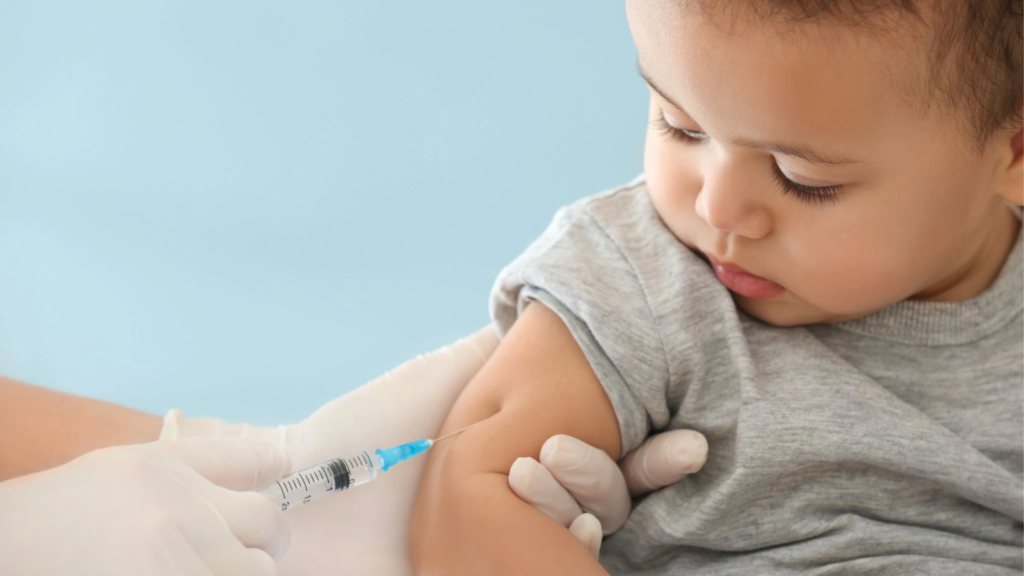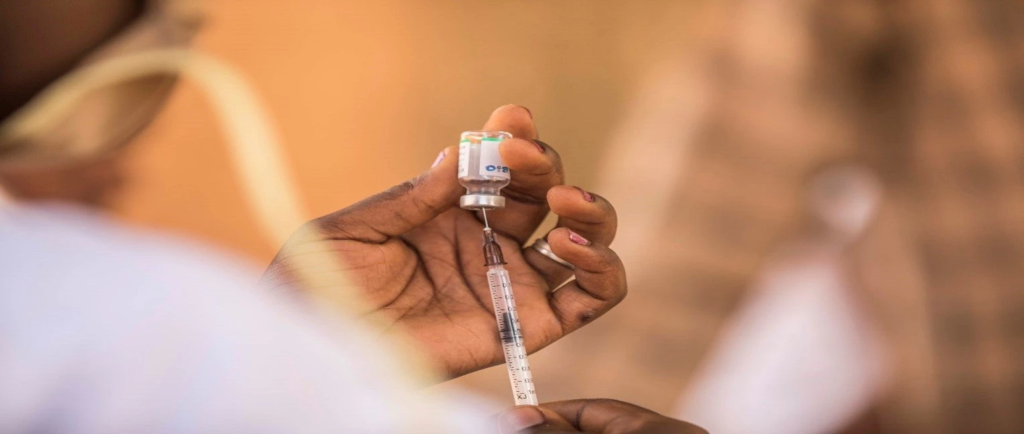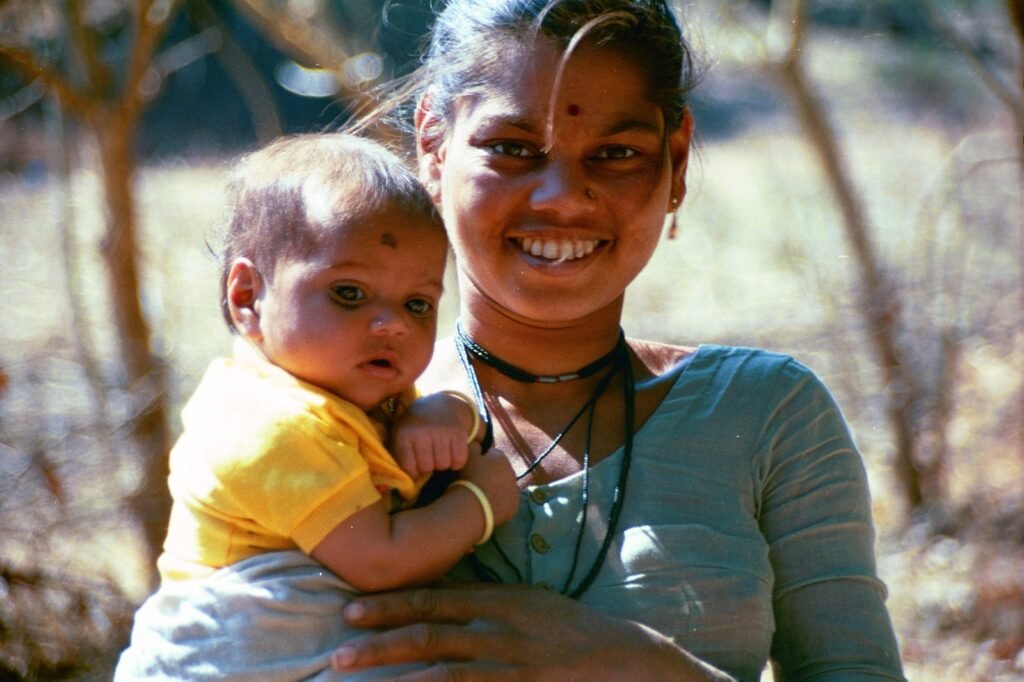Table of Contents
In a year already filled with global health headlines, one piece of news stands out with quiet but powerful hope—India has reduced its number of zero-dose children by 43% in 2024, according to new data from the World Health Organization.
For millions of families across the country, this isn’t just a statistic. It’s the beginning of a safer, healthier future. A zero-dose child is a child who has not received a single routine vaccine. In many cases, these children live in remote villages, urban slums, or under-resourced communities, and are at high risk of suffering from preventable diseases.
To see those numbers drop significantly in a single year speaks volumes about the combined efforts of health workers, state governments, NGOs, and families who have trusted the process and worked together to protect the next generation.
Why This Matters More Than Ever
Every child who receives their first dose of a routine vaccine is a step forward—not just for their personal health, but for their community’s well-being. Vaccination is one of the simplest and most effective ways to prevent deadly illnesses like measles, diphtheria, polio, and tetanus.
The concept of herd immunity depends on high vaccination coverage. When fewer children are missed, outbreaks become less likely. And when the most vulnerable—those previously left out—start getting access to vaccines, society as a whole becomes stronger and more resilient.
A 43% drop in zero-dose children in a country as vast and complex as India is not just impressive—it’s transformative.
Behind the Numbers: A Human Effort

This achievement is the result of countless small efforts stitched together over time. Behind every immunisation success is a frontline health worker traveling miles on foot, a community leader encouraging hesitant parents, a mother deciding to visit the local health center despite challenges.
In many rural parts of India, Accredited Social Health Activists (ASHAs) and Anganwadi workers have been critical. These women are often the first and only point of contact for young mothers. Their deep connections to the communities they serve have helped identify unvaccinated children and bring them into the system.
Mobile clinics, digital tracking tools, and real-time data dashboards have also played a growing role. State-led campaigns like Mission Indradhanush have pushed the needle forward by targeting hard-to-reach populations and expanding coverage with urgency and accountability.
It hasn’t always been easy. Resistance to vaccines, misinformation, logistical barriers, and economic constraints have slowed progress in some regions. But 2024 shows that even with these obstacles, determination and planning can deliver real results.
A Changing Mindset Around Immunization
One of the most significant shifts in recent years has been the changing public attitude toward vaccines. While vaccine hesitancy still exists, especially in isolated pockets, more families today understand the long-term value of immunization.
The COVID-19 pandemic, while devastating, also brought health conversations to the forefront. Millions of Indians lined up for COVID vaccines, and in doing so, opened the door to broader conversations about routine immunization.
Health awareness campaigns have leaned into this momentum. Television, social media, street plays, and local influencers have all helped reinforce the message that vaccines save lives—not just during pandemics, but every single day.
Fathers, traditionally less involved in child health decisions, are also becoming more active participants in their children’s well-being, including vaccination choices. This cultural change, though subtle, is playing a role in more children being brought to clinics for their first shots.
Regional Success Stories and Challenges

States like Tamil Nadu, Kerala, and Himachal Pradesh continue to lead the way with strong public health systems and consistent outreach. Meanwhile, more challenging regions—such as parts of Uttar Pradesh, Bihar, and some tribal areas—have shown encouraging improvements in 2024, thanks to targeted initiatives and localized strategies.
In the northeastern states, health departments have adapted to difficult terrain and dispersed populations with innovative solutions like boat clinics and drone deliveries of vaccines. These creative approaches are making a real difference in closing the gap.
However, the job isn’t finished. Pockets of low coverage remain, especially in urban slums and migratory populations where continuity of care is difficult to maintain. Maintaining momentum will require not just funding and planning, but also trust-building and community engagement.
The Role of Mothers and Caregivers

If there’s one thread that connects all successful immunization stories, it’s the mothers. From standing in long queues to asking questions, demanding better services, and holding onto immunization cards like they’re gold—mothers are the beating heart of this movement.
They are the ones making tough choices, often sacrificing a day’s wages to take their child to a health camp. They are the ones navigating social pressure or doubts, yet choosing to trust science and act in their children’s best interests.
Their growing awareness and assertiveness are powerful indicators that change is sustainable. Health workers say more mothers now ask questions about vaccination schedules, report side effects, and actively follow up for second or third doses. That level of involvement is what transforms a one-time success into lasting impact.
How Technology and Policy Have Helped
The digital transformation of India’s health landscape has also been a critical factor. Apps like CoWIN, initially used for COVID-19 vaccination tracking, have now been adapted to support broader immunization efforts.
Electronic immunization registries, SMS reminders, GPS-based cold chain monitoring, and dashboard analytics are all helping health officials track progress in real time and identify gaps before they widen.
From a policy perspective, India’s national immunization strategy has grown more inclusive and robust. Adding newer vaccines like rotavirus, pneumococcal conjugate, and measles-rubella into routine schedules has expanded protection. Meanwhile, integrating immunization with maternal health and nutrition services has made it easier for families to access multiple forms of care in one place.
A Blueprint for the Future
India’s reduction in zero-dose children is not just a one-year story—it’s a blueprint for long-term change. It shows what’s possible when systems, communities, and individuals work in sync toward a common goal.
To sustain and build on this success, a few priorities stand out. First, continued investment in last-mile delivery is essential. Remote areas, marginalized groups, and mobile populations need tailored solutions—not one-size-fits-all approaches.
Second, data must be used not just to measure progress but to improve it. Understanding who is being missed, and why, can help re-shape future strategies.
Third, communication and trust must stay front and center. The more people understand the safety and value of vaccines, the stronger the system becomes.
Children Deserve Protection, No Matter Where They’re Born
Ultimately, this is a story about children. Children who, through no fault of their own, were at risk of illnesses that the world already knows how to prevent.
Every child who gets their first vaccine joins a circle of protection that spans across generations. Their parents sleep easier. Their communities become healthier. Their futures become brighter.
The 43% drop in zero-dose children in 2024 is not just a public health win—it’s a moral one. It reflects a collective promise to not leave the most vulnerable behind, no matter how hard they are to reach.
It’s a reminder that real change is possible—not just in labs or policies, but in dusty clinics, crowded slums, and far-off villages. And it shows that when we decide to act with purpose, progress follows.
As India continues on this path, every new vaccination will carry not just a drop of medicine, but a world of hope.
Also read : Nothing lasts forever: Anand Mahindra shares timeless lesson from 44 years in business.












Leave a comment